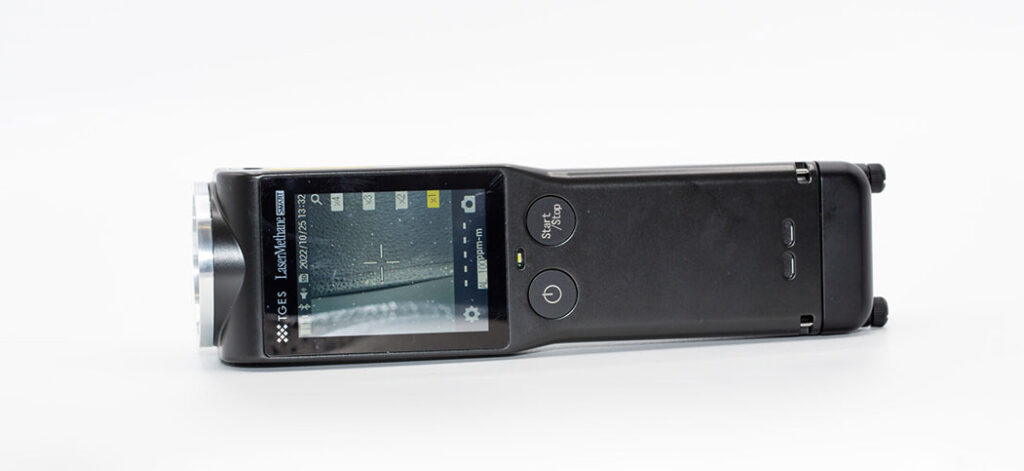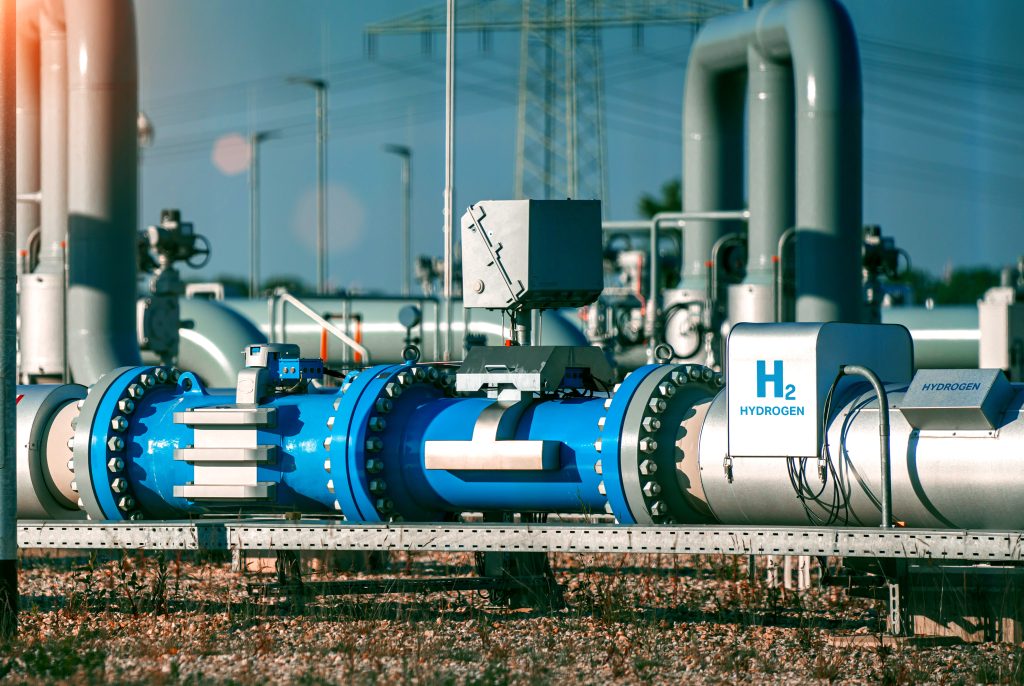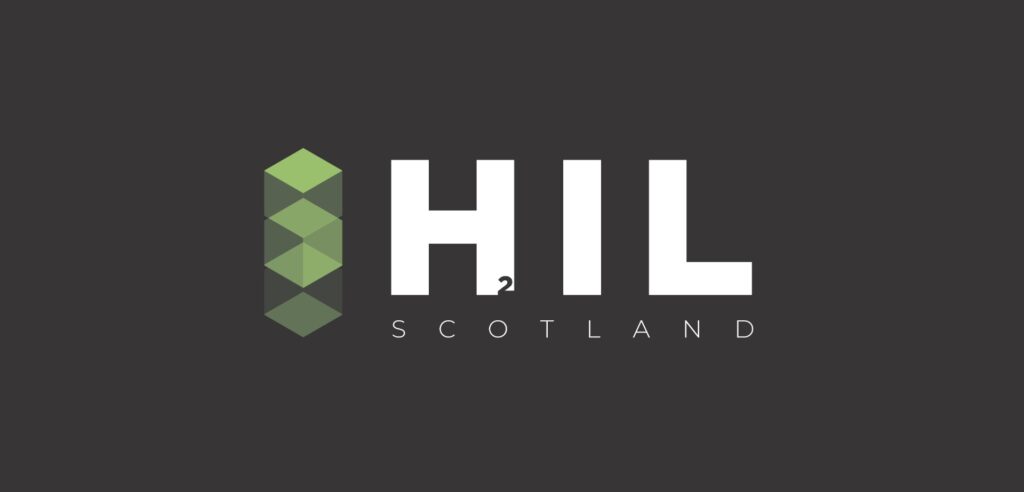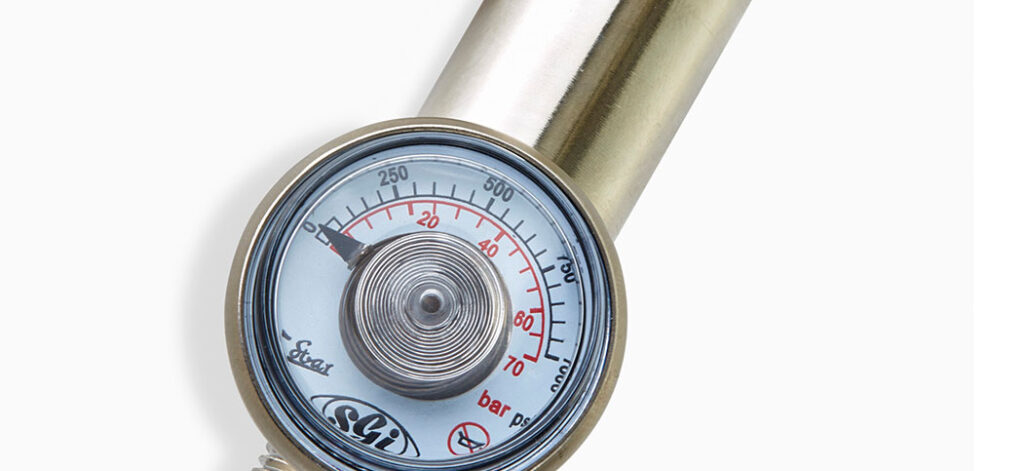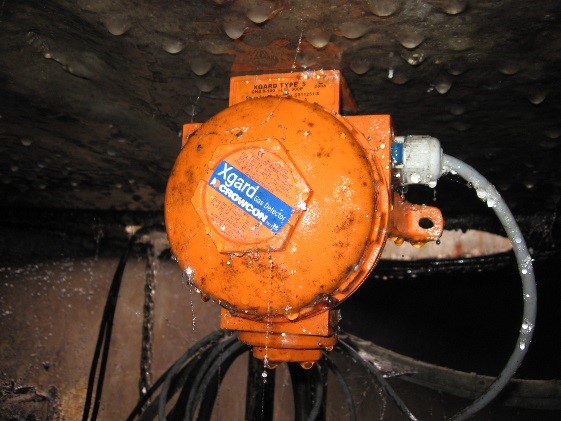Die Verwendung von Erdgas, dessen Hauptbestandteil Methan ist, nimmt weltweit zu. Es hat auch viele industrielle Verwendungszwecke, wie z. B. die Herstellung von Chemikalien wie Ammoniak, Methanol, Butan, Ethan, Propan und Essigsäure; es ist auch ein Bestandteil von so unterschiedlichen Produkten wie Düngemitteln, Frostschutzmitteln, Kunststoffen, Arzneimitteln und Textilien. Mit der kontinuierlichen industriellen Entwicklung steigt das Risiko der Freisetzung schädlicher Gase. Obwohl diese Emissionen kontrolliert werden, kann es dennoch Betriebe geben, die mit gefährlichen Gasen arbeiten und bei denen ein Versäumnis bei der vorbeugenden Wartung, z. B. bei der Sicherstellung, dass keine defekten Rohrleitungen oder Ausrüstungen vorhanden sind, zu schrecklichen Folgen führen kann.
Welche Gefahren gibt es und wie kann man Gaslecks verhindern?
Erdgas wird auf verschiedene Weise transportiert: durch Pipelines in gasförmigem Zustand, als verflüssigtes Erdgas (LNG) oder als komprimiertes Erdgas (CNG). LNG ist die übliche Methode für den Transport des Gases über große Entfernungen, z. B. über Ozeane, während CNG normalerweise mit einem Tankwagen über kurze Entfernungen transportiert wird. Pipelines sind die bevorzugte Transportmethode für lange Strecken über Land (und manchmal offshore). Lokale Verteilerunternehmen liefern Erdgas auch an gewerbliche und private Verbraucher über Versorgungsnetze in Ländern, Regionen und Gemeinden.
Die regelmäßige Wartung von Gasverteilungssystemen ist unerlässlich. Das Aufspüren und Beseitigen von Gaslecks ist ebenfalls fester Bestandteil jedes Wartungsprogramms, aber in vielen städtischen und industriellen Umgebungen ist dies notorisch schwierig, da sich die Gasleitungen unterirdisch, überirdisch, in Decken, hinter Wänden und Schotten oder an anderweitig unzugänglichen Stellen wie verschlossenen Gebäuden befinden können. Bis vor kurzem konnte der Verdacht auf ein Leck in diesen Leitungen dazu führen, dass ganze Gebiete abgesperrt wurden, bis die Leckstelle gefunden war.
Ferndetektion
Moderne Technologien ermöglichen eine punktgenaue Ferndetektion und -identifizierung von Leckagen. Handgeräte können jetzt beispielsweise Methan in einer Entfernung von bis zu 100 Metern aufspüren, während in Flugzeugen montierte Systeme Lecks in einer Entfernung von einem halben Kilometer erkennen können. Diese neuen Technologien verändern die Art und Weise, wie Erdgaslecks aufgespürt und bekämpft werden.
Die Fernerkundung erfolgt mit Hilfe der Infrarot-Laserabsorptionsspektroskopie. Da Methan eine bestimmte Wellenlänge des Infrarotlichts absorbiert, senden diese Geräte Infrarotlaser aus. Der Laserstrahl wird auf die Stelle gerichtet, an der das Leck vermutet wird, z. B. auf eine Gasleitung oder eine Decke. Da ein Teil des Lichts vom Methan absorbiert wird, liefert das zurückgeworfene Licht ein Maß für die Absorption durch das Gas. Ein nützliches Merkmal dieser Systeme ist die Tatsache, dass der Laserstrahl transparente Oberflächen wie Glas oder Plexiglas durchdringen kann, so dass die Möglichkeit besteht, einen geschlossenen Raum zu prüfen, bevor er betreten wird. Die Detektoren messen die durchschnittliche Methangasdichte zwischen dem Detektor und dem Ziel. Die Messwerte auf den Handgeräten werden in ppm-m angegeben (ein Produkt aus der Konzentration der Methanwolke (ppm) und der Weglänge (m)). Mit dieser Methode lassen sich Methanlecks schnell aufspüren und bestätigen, indem ein Laserstrahl auf das vermutete Leck oder entlang einer Messlinie gerichtet wird.
Allgemeine Sicherheit
Bei der Verwendung von Gas besteht eine Reihe von Risiken, z. B. Explosionsgefahr durch beschädigte, überhitzte oder schlecht gewartete Gasflaschen, Rohrleitungen oder Geräte. Es besteht auch die Gefahr einer Kohlenmonoxidvergiftung und von Verbrennungen durch Kontakt mit Flammen oder heißen Oberflächen. Durch die Einführung der Echtzeit-Gasleckerkennung kann die Industrie ihre Umweltleistung überwachen, für einen besseren Gesundheitsschutz am Arbeitsplatz sorgen und potenzielle Gefahren für eine optimale Sicherheit beseitigen. Außerdem kann die frühzeitige Erkennung von Gaslecks die zuständigen Ingenieure veranlassen, die Ausbreitung einzudämmen und eine sichere Umgebung für mehr Gesundheit und Sicherheit zu schaffen.
Für weitere Informationen zur Messung von Gaslecks aus der Entfernung wenden Sie sich bitte an unser Team oder besuchen Sie unsere Produktseite.
BRANCHENEINBLICKE
Melden Sie sich an, um die neuesten Erkenntnisse zu erhalten
IN Ihrem Posteingang
Lesen Sie über Crowcon's Datenschutz und Cookie-Richtlinie hier. Wenn Sie Ihre Meinung ändern, können Sie sich jederzeit abmelden

